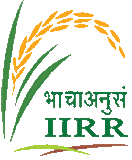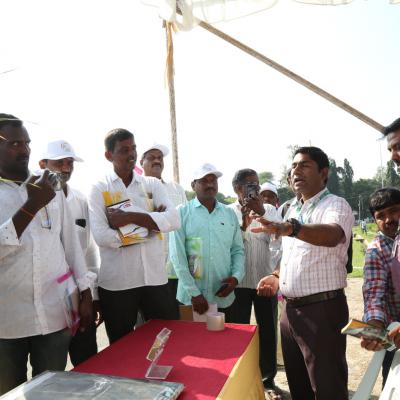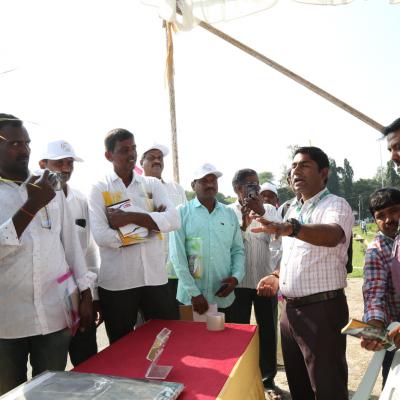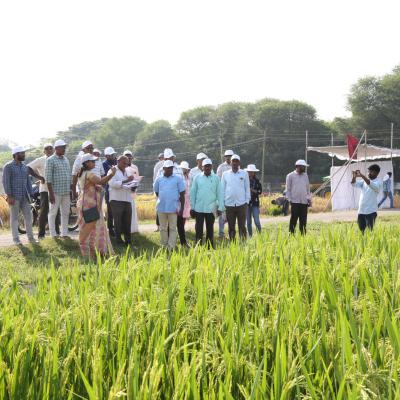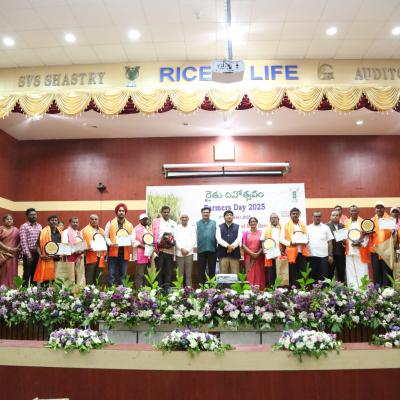Hybrid Rice Seed Production
Technology Profile
Hybrid rice technology is playing a pivotal role in increasing the rice production and productivity in India and is one of the components of ‘National Food security Mission’ which was launched in 2007 with an aim to enhance the national annual rice production
With good management, yield advantage of 1.0 – 1.5 t/ha can be obtained by cultivation of hybrids as compared to the high yielding varieties under the same set of growing conditions.
So far, ninety seven hybrids have been released for commercial cultivation in the country. It’s predominantly cultivated in the states of Uttar Pradesh, Bihar, Jharkhand, Chhattisgarh, Madhya Pradesh and in 2017, the area under hybrid rice exceeded three m.ha.
Hybrid rice seed production is economically lucrative and this institute has perfected the technology over the years and many progressive seed growers recorded more than three tons of hybrid seed yield per hectare.
Context
Availability of quality seed at an affordable price is crucial for spread of hybrid rice technology in the country. Hybrid rice seed production technology is different and more complex than the inbred rice seed production.
It has been observed that farmers in Andhra Pradesh and Telangana sates have been taking up hybrid rice seed production on a large scale.Presently, about 85% of the hybrid seed requirement in the country is provided by Andhra Pradesh and Telangana states. It is mostly concentrated in Karimnagar and Warangal districts of Telangana and is also spreading to other districts such as Nizamabad, Khammam and Kurnool (Andhra Pradesh).The major players in the large scale hybrid rice seed production are private seed companies and farmers take up the activity with a kind of understanding with these companies.
Empirical Evidences:
Even though the total costs incurred on hybrid rice seed production were more, both the gross and net returns are higher. The gross return per hectare is expected to be around Rs. 2 lakhs and from this the farmer realizes a net profit of Rs. 0.75-1 Lakh per hectare.
This technology also has potential to generate additional employment viz., around 60-80 person- days/ha, particularly for the landless rural women. Thus, during the current year 2017, the additional employment being generated, is estimated to be around 25,00,000 person-days. Expected additional employment generation during 2022 due to hybrid rice seed production will be around 30,00,000 person-days, thus providing ample employment opportunities in the rural areas.
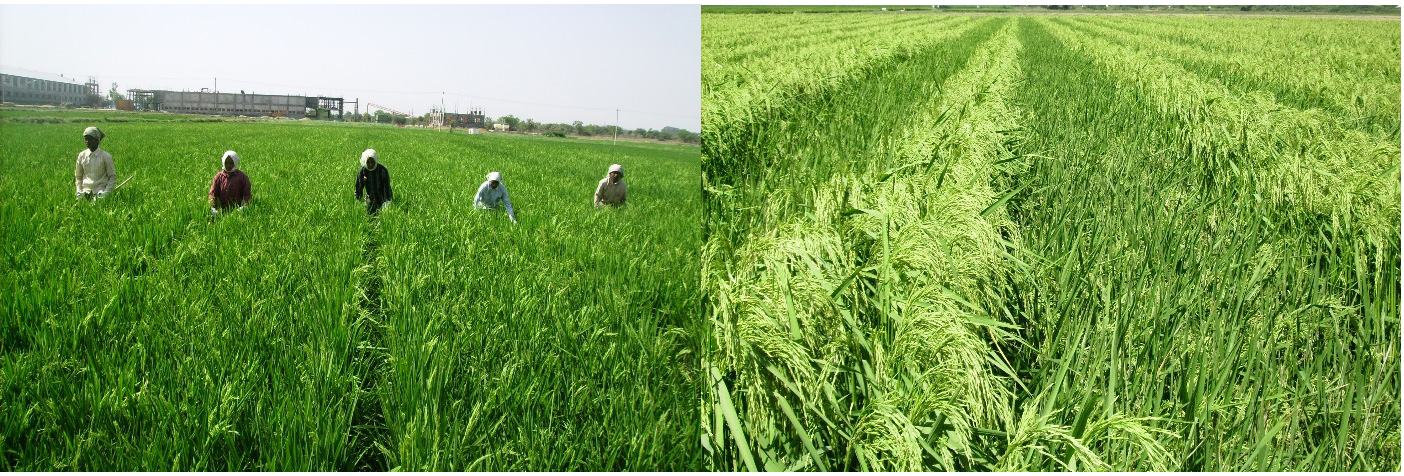
Practical Utility/ Scalability
There is going to be huge demand for hybrid rice seed in the coming years, as the area under hybrid rice is targeted to be increased from the present 3 m.ha. to around 8-10 m.ha in the coming 5-10 years, in the country and most of the seed production is going to happen in Andhra Pradesh and Telangana only. From the present level of 40000 tonnes of hybrid rice seed per year, it needs to be upscaled to around 80000-100000 tonnes in the coming 5-10 years, indicating a huge potential for hybrid rice seed production in the region.
